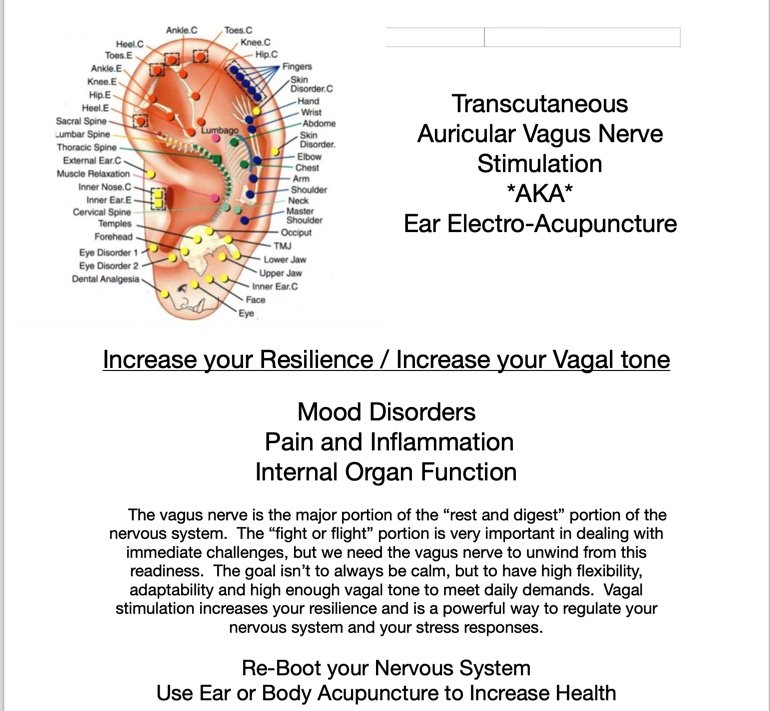Allergies
Acupuncture is an effective treatment for allergic rhinitis for symptoms including:
sneezing,
itchy nose and eyes,
runny or blocked nose
interrupted sleep.
In allergic rhinitis, the immune system incorrectly identifies some harmless irritants as a threat and creates immune targets (IgEs) against each perceived allergen. This activates cells to create inflammation and allergy symptoms.
Once inflamed the hypersensitive nose will then react to a whole host of irritants such as pollen, perfume, smoke, and temperature or humidity changes. Long term stress can disturb immune self regulation and make allergic disorders more likely.
By reducing IgE levels, immune-mediated inflammation, and stress, acupuncture is an effective and safe intervention for allergic rhinitis and can help with symptom relief, quality of life improvement, reducing medication usage, and increasing overall well being.
the Healing Effect
For an acupuncture treatment to be successful there has to be a healing shift. Different people experience it with different intensity. Some folks are instantly relaxed while for others a tide of relaxation slowly inundates the body. Others don’t feel anything until they go about their day and notice a different feeling in their body/mind.
Acupuncture is an engagement with the nervous system the Chinese call “getting the qi.” The Qi in this case is an activation of the chemical electricity of the peripheral nervous system. From the acupuncture point to the spine to the brain and back, the feedback loops of the nervous system shift the state of body towards healing. This acts as a neurological “oil-change” as the brain waves, organ function, and inflammatory condition are regulated and harmonized.
This effect, this shift in the consciousness and chemistry of ourselves is profoundly healing and makes acupuncture one of the original “body hacks.” For those who do yoga, I call acupuncture a short cut to Shavasana, the pose of collecting relaxation. There are many ways, methods, techniques, lifestyles that allow us to de-stress and increase relaxation and resilience (vagal tone) but acupuncture allows a concentrated, palpable experience of that shift. That is the healing effect of acupuncture. And then we can work on your knee pain.
Dry Needling
When the groundbreaking “Trigger Point Manual” by Travel and Simons was published, Myofascial pain was rigorously explored muscle by muscle. The tightest place in a tight muscle was called a trigger point and a syringe with medicine was used to resolve the trigger point. Doctors then realized you didn’t need the medication to make the muscle un-spasm and go into ease/ full resting length. Using a syringe without medication achieved the same effect and was called dry needling. A syringe is large with an internal bore and a cutting edge while an acupuncture needle is slender like a pine needle and can make a muscle un-spasm with less tissue damage and so became the preferred tool to deactivate a myofascial trigger point. But the name dry needling stuck because acupuncture uses poetic language and dry needling is science.
The human body has gotten tight and sore in the same ways for 1,000’s of years. There is an over 80% correspondence between traditional acupuncture points and trigger points, i.e. they are the same thing. Thousands of Chinese, Korean, Japanese, Vietnamese etc. acupuncturist over 1,000’s of years must have needled a trigger point once or twice and called it acupuncture. But perhaps if you can explain a phenomenon more exactly, what went before didn’t exist or have validity. And so folks denigrate acupuncture as unscientific or make specious claims that acupuncture is surface and dry needling is deeper in the muscle. No one could needle deeper or more rigorously than my Chinese teachers!
The point is that acupuncture and dry needling are sometimes so close as to be indistinguishable. There are great and mediocre practitioners of every stripe. Acupuncturists have 1,600 hours of needling training and years of supervised training and continuing education, while in Georgia the legislature keeps introducing laws to let anyone from athletic trainers to occupational therapists dry needle with less than 40 hours of training. I would rather a voodoo shaman inheritor of an ancient scholarly tradition with 1,600 hours of training needle me rather than someone newly loosed from a weekend course. And that’s a fact, a scientific fact.
Vagal Nerve Stimulation
The vagus is the “rest and digest” portion of the nervous system. It functions as the gut-brain-microbiome connection to send and receive information. Regulation of the tone of the vagus nerve has huge influence on our health.
transcutaneous auricular vagal nerve stimulation


